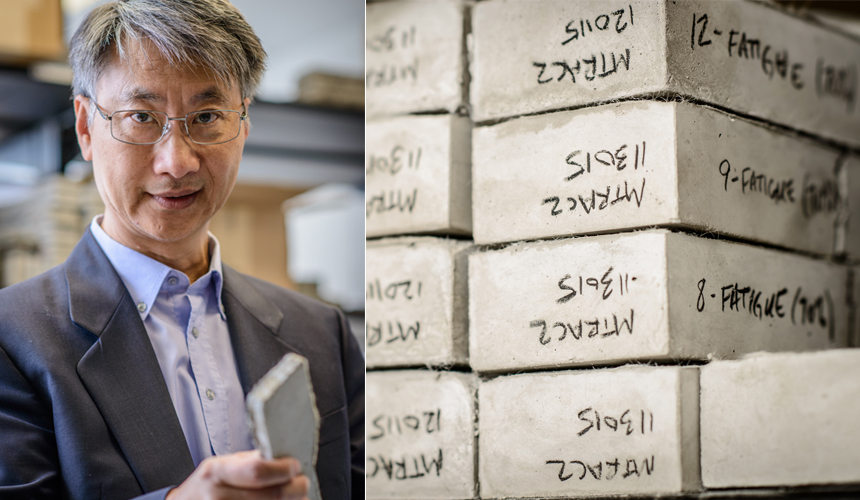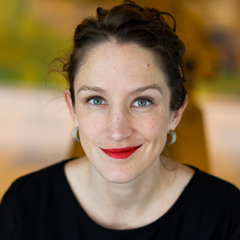At the University of Michigan, a climate project submitted to 100&Change led to a larger venture with an ambitious goal: reduce CO2 levels by 10 percent of current global CO2 emissions by 2030.
A few years ago, the University of Michigan Energy Institute started noticing that researchers across campus were expressing interest in a newer kind of climate change approach—work focused on reversing climate change by restoring balance to the carbon cycle. NASA defines the carbon cycle as “the process by which carbon moves between the atmosphere, land, and the ocean in a cycle sets the thermostat for Earth’s climate.”
Two things stood out to us:
- This work was startling in its range. University of Michigan (U-M) researchers were considering active approaches to carbon cycle balance in laboratories, in manufacturing processes, in forests, and in consumer perception and behavior.
- This work was born of real passion from our faculty. For many, it represented a new research direction or a disruptive way of applying their existing expertise.

U-M Engineering Professor Victor Li, a researcher involved with the Beyond Carbon Neutral and Global CO2 projects, is developing concrete blends that can permanently store CO2.
A team of Energy Institute staff met with over 100 faculty around campus to talk about climate, carbon, and what we could do together to facilitate and unify these projects. We also asked faculty what projects in this area they wished they were working on. We coined a name—Beyond Carbon Neutral—and formed a group of over 60 faculty divided into three groups: biosphere, technology, and human systems. We gave out a round of seed grants that expanded the university’s exploratory work in this field and held a series of seminars to discuss their findings. And then we learned about 100&Change.
Over the following months, the Beyond Carbon Neutral team threw itself into writing a proposal, making a video, and building a sharp website. We hit up faculty to revisit ideas we’d been unable to fund ourselves, and we formed a partnership with the National Wildlife Federation to broaden the ways our projects could be applied.
We left the competition with valuable, actionable feedback and developed a workable fundraising kit we could use to show other potential funders our ideas. We didn’t have to wait long.
While our proposal wasn’t selected as a 100&Change semi-finalist, we left the competition with valuable, actionable feedback and developed a workable fundraising kit we could use to show other potential funders our ideas. We didn’t have to wait long.
Bernard David, the founder of the San Francisco-based nonprofit CO2 Sciences Inc., was looking for a new home for his own ambitious project, aimed at finding commercially viable products and approaches for CO2 utilization. He was introduced to U-M through a friend involved with U-M’s Graham Sustainability Institute. Bernard visited campus and was exposed to the Beyond Carbon Neutral program and leadership of the School of Environment and Sustainability and the College of Engineering. Months later, CO2 Sciences Inc. merged with Beyond Carbon Neutral and the U-M College of Engineering to create the Global CO2 Initiative at the University of Michigan. The projects’ combined goal: to focus on technologies, processes and policies to increase the rate at which carbon dioxide is removed from the global carbon cycle and help identify and support technologies that are scalable.
Merging these two projects has boosted our seed funding to $4.5 million, provided us with new and rich partnerships, and expanded our scope. We’re still in the early days of the new Global CO2 Initiative—building faculty teams, meeting with groups interested in providing additional funding support, and getting new work off the ground. We can’t wait to see where it takes us.




